It’s now 2021, marking the 50th anniversary of the start of the 2nd Kaiju Boom, also known as the Henshin Boom, a period when Japanese television was flooded with transforming superhero characters. No doubt a lot of fandom is ecstatic to celebrate the half-centennial of Kamen Rider, which was made as direct competition to Ultraman’s return in the likewise seminal Return of Ultraman, but, there’s one title that beat both of them to air, debuting on January 2, 1971. This show even aired on American television alongside the likes of Ultraman, Johnny Sokko & His Flying Robot, and Space Giants, so every once in a while when I’m be out and about with some tokusatsu T-shirt on, a Gen-Xer will approach me and ask:
“Hey, is that Spectreman?”
The 63-episode show clearly made an impact on a number of young viewers, and is still a staple of gray-market convention tape traders to this day. A cornerstone of vintage tokusatsu content and a foundational link in the evolution of the genre, luxury merchandise from expensive home video sets to hyper-detailed vinyl figures continue to feature prominently in the Japanese market as well. In short, it’s a classic.
I’m sure others will do some sort of proper series retrospective for this anniversary, but for my part I thought I could round up some 20 fun pieces of trivia to celebrate the big gold guy’s 50th.
- While the US version and the Japanese re-broadcast is titled Spectreman throughout, this wasn’t the case for the show’s original Japanese run. The first 20 episodes were titled Space Apeman Gori, after the show’s main villain, followed by Space Apeman Gori vs Spectreman until episode 39. The change to promote the hero more in the title seems obvious in retrospect (sponsors weren’t happy with the show being named after the villain to begin with), but at the time when the show started there were no similar hero programs on the air with which to conform.
2. The villainous alien apemen Gori and La were a deliberate attempt to cash in on Planet of the Apes, which was very popular in Japan.
3. Spectreman himself is very much a mock Ultraman: he’s an alien from Nebula 71 (not M78), he can fly, he has a human form that works with a government organization to combat monsters, he even has a flashing light that indicates when his power is running low. But he does have one advantage: his height, according to official stats, is however big it needs to be, which at times gets ridiculous.


3. The show was made by P-Productions, continuing the trend of golden heroes from Space Giants and their failed 1967 pilot Jaguarman. The animal theme of the latter carried over to Gori (not to mention Lion Maru and Silver Jaguar), while the size-changing aspect went to Specterman.
4. The show was rushed into production. The previous show in the slot, Akai Inazuma, ended abruptly in December 1970, leaving only 25 days to create a replacement, so Masaki Tsuji wrote the scenarios for first two episodes overnight. P-Pro president Tomio Sagisu’s proposed concept for Elementman, about a hero who could turn into solid, liquid, and gas, was also incorporated.
5. Before the series, a pilot was produced, with a very different look for the hero and villain. The Gori suit from the pilot was reused for La, and, being a hot otaku property, there is even merchandise of the unused Spectreman design.
6. The identity of the actor from the pilot is unknown. Originally it was reported as Jiro Dan, the very lead of Return of Ultraman, but this has since been debunked. There is a resemblance, though.
7. The early part of the show had a strong environmental theme, with pollution-based monsters with names like Dustman and Hedoron (“hedoro” meaning “sludge”), a precursor to eco-savvy kaiju flicks like Godzilla vs Hedorah and Gamera vs Zigra. This made the sponsors uncomfortable for some reason, and the messaging was phased out of later episodes.
8. And what could be more eco-friendly than recycling? The show reused kaiju from both the Jaguarman and Hyo-man pilots, and fans of Goke the Bodysnatcher from Hell might want to take a close look at Dr. Gori’s flying saucer.
9. Less eco-friendly: as a promotional stunt, producer Takaharu Bessho solicited viewers to send in their cockroaches for episodes 7 and 8. Some of the resulting fan mail actually did contain live cockroaches, to the disgust of the higherups.
10. You know how children somehow manage to get into rooms that they’re not supposed to all the time in tokusatsu movies? This also happens in real life, as the studio used for filming effects was pretty run down, so a child broke in and stole one of the Spectreman flying props! This prompted the production to move to a new studio with the 32nd episode.
11. The show was twice adapted for theaters as part of Toei’s Manga Matsuri. Episodes 9-10 played alongside Go Go Kamen Rider, Alibaba and the 40 Thieves, Andersen Monogatari, and Mako the Mermaid, while the 27th episode played with Kamen Rider vs Shocker, Return of Pero, Moomin, and Sarutobi Ecchan.
12. The late, great manga maestro Daiji Kazumine was in charge of the comic adaptation, and it became one of the works most associated with him, running a whopping seven volumes. As with his Ultraman work, there are some original stories mixed in among the adaptations of TV episodes, and some deviations between the two, including more graphic violence and a more expressive main character.
I should clarify, though, that this is only for the Spectreman manga that Kazumine did in the pages of Adventure King and Shonen Champion, since he also had a version in Delightful Kindergarten targeted at much younger children.

13. While Spectreman himself doesn’t appear, his human identity Jouji Gamou does get a cameo in Go Nagai’s Abashiri Family. He says that he can’t transform to face the monster threat in the issue because it’s not owned by P-Pro.
14. The US dub of the show was directed and written by Mel Welles, best known for playing the penny-pinching boss in the original Little Shop of Horrors, but also a staple of English dubs for things like Magic Boy and The X from Outer Space. He punched up the dub a bit to suit his own sensibilities, though not as extremely as some English tokusatsu dubs (Ultraseven, Ultraman Tiga).
15. The US theme song is definitely a catchy and iconic piece in its own right. The backing uses Mystic Moods Orchestra’s “First Day of Forever”, which is notably uncredited, only listing Bob Todd, Gregory Sill, and Jeremy Winn for the song.
16. If you want to watch Spectreman in the US, your options are limited. While it doesn’t have as complicated a rights situation as Ultraman or Space Giants did, it’s never been licensed for DVD or Blu-ray stateside, so your best option is tracking down the Image release of the show on VHS and laserdisc. Even that only gets through about a quarter of the show, however, so hopefully it gets picked up some day!
17. Though Spectreman isn’t available on DVD in the US, Yudai Yamaguchi’s movie adaptation of the zany delinquent gag manga Cromartie High School is.
Why is this relevant? Gori and La literally drop in for a scene!
18. Spectreman was among a few sources for footage compiled into the 1983 Leslie Nielson comedy Naked Space. Heck, I’m seeing Gori and La as the thumbnail on the trailer on YouTube:
19. Gori was one of a few Japanese influences (like Kagestar and Speed Racer‘s dub) on the villain Mojo Jojo from The Powerpuff Girls.
20. The show also inspired the Franco-Belgian spoof Léguman, about a vegetable-themed tokusatsu hero.
Bonus fact: The main character Jouji Gamou is named after Russian-American physicist George Gamow, best known for work on the big bang theory (the actual theory, not the sitcom). Tomio Sagisu used the name as one of his many pen names for a while, so it was a natural fit for the hero in his story.
That’s a wrap! Happy anniversary to Spectreman!






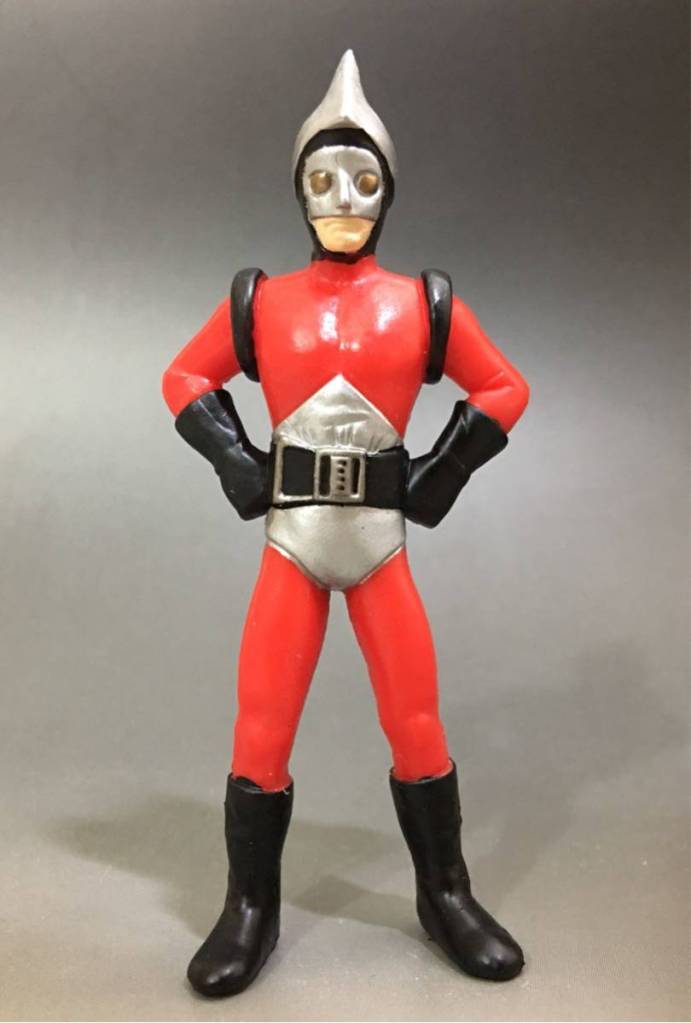






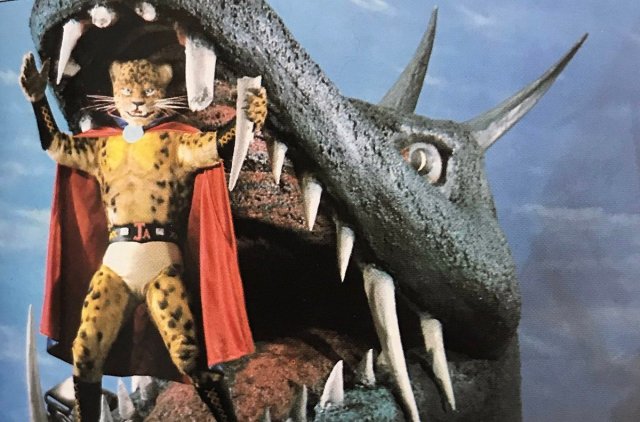
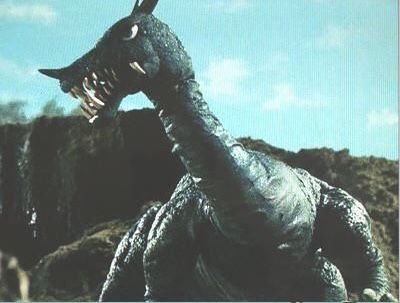

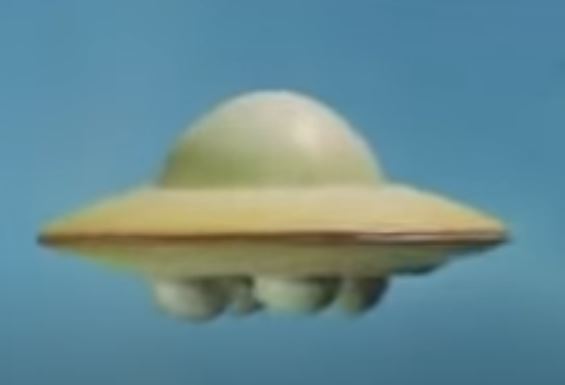


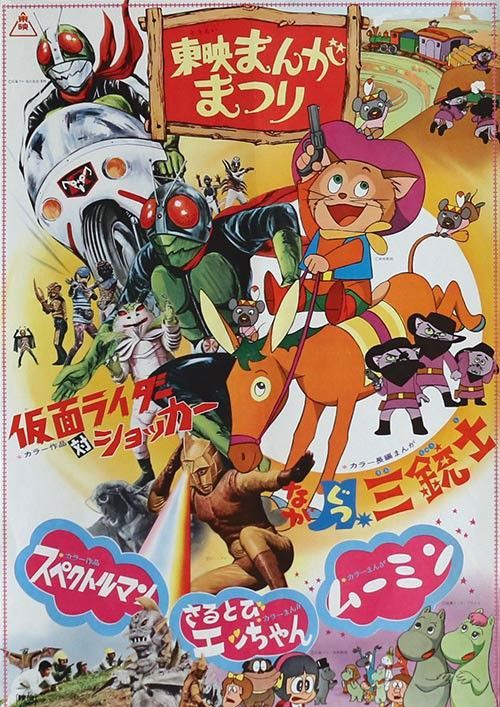
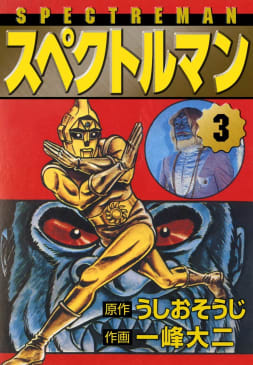
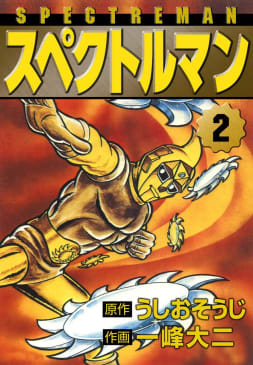



Thank you SO MUCH for making this. Awesome trivia for an obscure (but not forgotten) awesome show.